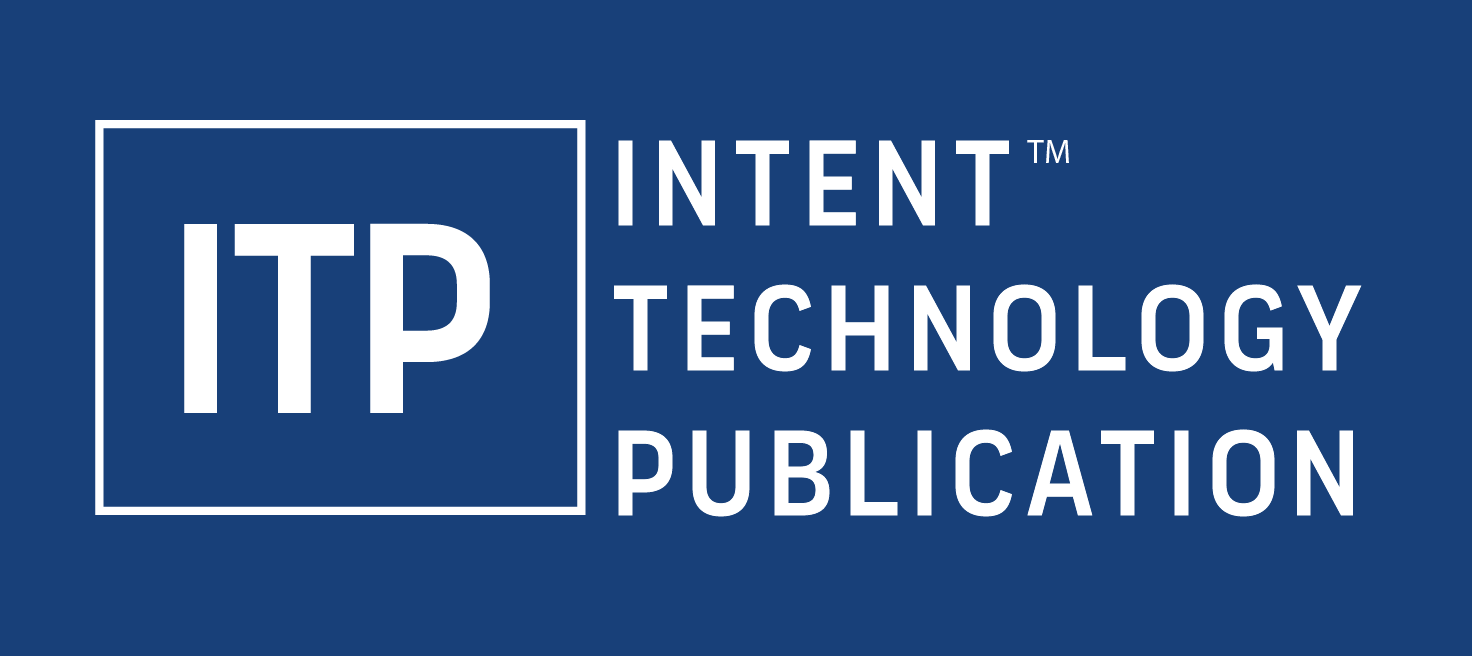or call: +1 (520) 350-7212
The Market Power Of Technology: An Explanation Of The Economic Impact Of Technology
The Market Power of Technology, Understanding the Second Gilded Age, by Mordecai Kurz, is a good textbook that helps to explain how technology and intangible assets have changed the economy. I’ve long talked about how the technological revolution is critically different than the industrial one, and this book wraps some academic structure around that qualitative assessment. This is not a pop culture book, it is a heavy read that drills into the financial and economic, qualitative underpinnings of the theory.
The copy sent to me is an uncorrected proof. As I’m not an economist, I skimmed the equations in the book, so references might be a bit off and I’m making no statements about the underlying math. I’ve taken a look at what the author is saying and how it fits with what the markets and individuals have seen in the real world for decades.
The copy sent to me is an uncorrected proof. As I’m not an economist, I skimmed the equations in the book, so references might be a bit off and I’m making no statements about the underlying math. I’ve taken a look at what the author is saying and how it fits with what the markets and individuals have seen in the real world for decades. One very nice part of the book is it doesn’t only focus on the current monopoly practices. Chapter five describes the pattern of the diffusion of technology with a detailed case study of the growth of the electrical market. While modern technology, driven more by software, has faster adoption, it’s still not instant, and the chapter is good in describing the pattern of diffusion.
Buying nascent firms and incorporating or killing their technology is a key method to control competition. From the end of the first Gilded Age through the 1970s, there was a movement in support of antitrust. That began to fall apart in the 1980s, and we’re now experiencing almost no action. Chapter 6 describes, among other things, how that change began with massive tax cuts the that directly led to increased monopoly wealth.
The rest of the chapters dig into details of how the changes accelerated and make suggestions for how to address the danger. Chapter 7 discusses cumulative advantages and how that directly relates to technology firms. The final three chapters discuss policy reforms, including taxation.
Aside from my ignorance about the math, there is one high-level issue with the book. The author likes to talk about the first mover advantage. That’s a myth I’ve seen repeated for decades. Microsoft, Google, Apple, Oracle, Salesforce, and the other very large monopoly and monopsony players weren’t first movers. They were fast followers. DOS wasn’t the first PC operating system, Google wasn’t the first search engine, and it goes on. A smart fast follower looks at the market, sees what’s succeeded, and repeats it. Knowing something works makes R&D faster and less expensive. In fact, the strong point the author makes, repeatedly, in the book, that acquisition stunts innovation and competition, is an example of the fast follower methodology.
That, however, shouldn’t stop anyone with an interest in the details Mordecai Kurz puts forward from getting this book. Again, it is not fluff. It is far closer to a textbook. There are plenty of ideas to gain from reading around the math, but for economists who wish to evaluate the Second Gilded Age, there’s real meat here for discussion. The Market Power of Technology is a book that is worth reading and evaluating
Source: Forbes.


